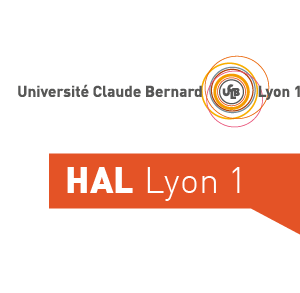Close is better: visual perception in peripersonal space. In: The Peripersonal Space
Résumé
The neuroscientific approach to PeriPersonal Space (PPS) stems directly from electrophysiological studies assessing the response properties of multisensory neurons in behaving non-human primates. This multisensory context fostered frameworks which: i) stress the PPS role in actions (including defensive reactions) and affordances, which are optimally performed through multiple sensory convergence; ii) largely make use of tasks that are multisensory in nature. Concurrently, however, studies on spatial attention reported proximity-related advantages in purely unisensory tasks. These advantages appear to share some key PPS features. Activations in brain areas reported to be multisensory, indeed, can also be found using unimodal (visual) paradigms. Overall, these findings point to the possibility that closer objects may benefit from being processed as events occurring in PPS. The dominant multisensory view of PPS should therefore be expanded accordingly, as perceptual advantages in PPS may be broader than previously thought.
| Origine | Fichiers produits par l'(les) auteur(s) |
|---|
